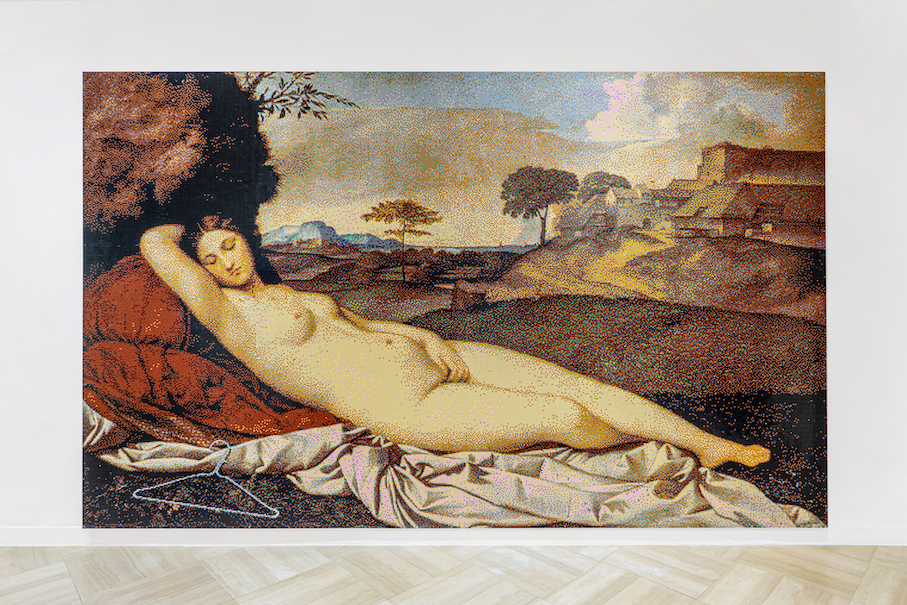Quickly glance at any Charles James ensemble and you can see the complexity that went into constructing the architectural, postwar gowns. At the Metropolitan Museum of Art’s exhibit “Charles James: Beyond Fashion,” the gowns are now deconstructed, with interactive videos illustrating the process of crafting a Charles James.
Inspired by artists such as Picasso and Matisse, James’ work is more often referred to as art than apparel. Abstract and surrealistic without fringing on costume, the ball gowns remain contemporary and flattering, accentuating the hourglass frame. Said the designer, “My structures… look as if the body were no more ambulatory than a mermaid’s, yet permit large reckless movement.”
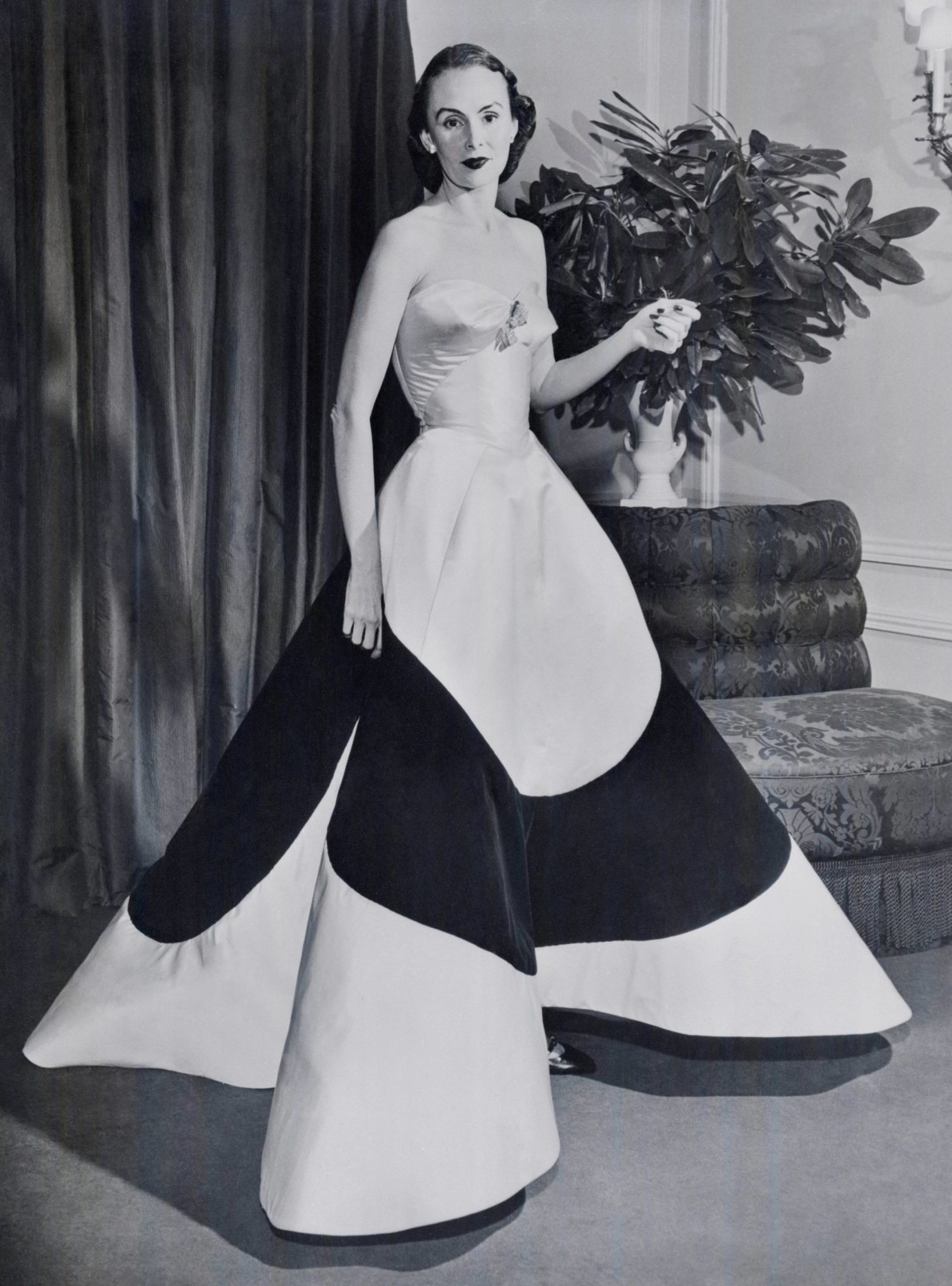
Courtesy of The Metropolitan Museum of Art
Photograph by Cecil Beaton
The
Informed by 18th-century bustles and crinoline skirts, James’ designs were made avant-garde with asymmetrical folds and hems. Some design innovations are his wrap-over trousers, figure-eight skirts, body-hugging sheaths, and ribbon capes and dresses.
James believed in being a hands-on couturier, insisting on shaping the materials himself. He was self-taught, though had some architectural experience. His methods of creation were sculptural, scientific, and mathematical, and he thought of himself as a “sartorial engineer.” Many of his gowns mimic the natural world, with iconic pieces named “Tree,” “Swan,” and “Butterfly.”
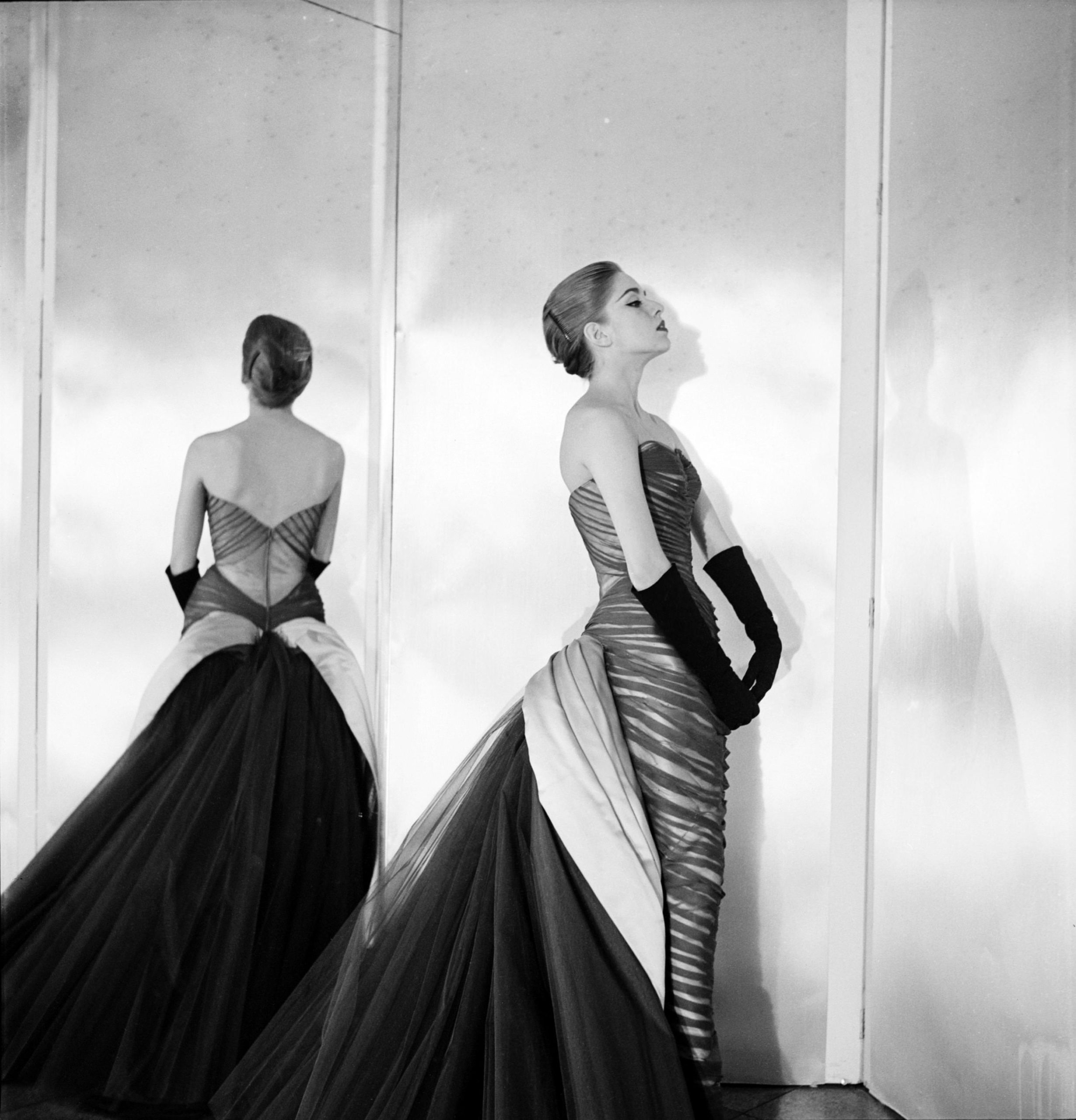
Cecil Beaton Studio Archive at Sotheby’s
Most stunning is the 1953 black-and-white four-leaf clover ball gown, though fitting to the feminine frame, reveals multiple layers when dissected. Socialite Babe Paley is seen in a photo donning the intricate frock. Along with original couture dresses, the exhibition also displays sketches, pattern pieces, swatches, photographs and ephemera to contextualize James’ work.
Charles James was underrated during his lifetime, but caught the eye of many fashion designers, including Christian Dior, who based his 1947 “New Look” on James’ silhouettes. James, still unknown to many outside the fashion world, served a small and elite clientele during the 1940s through the 1950s.
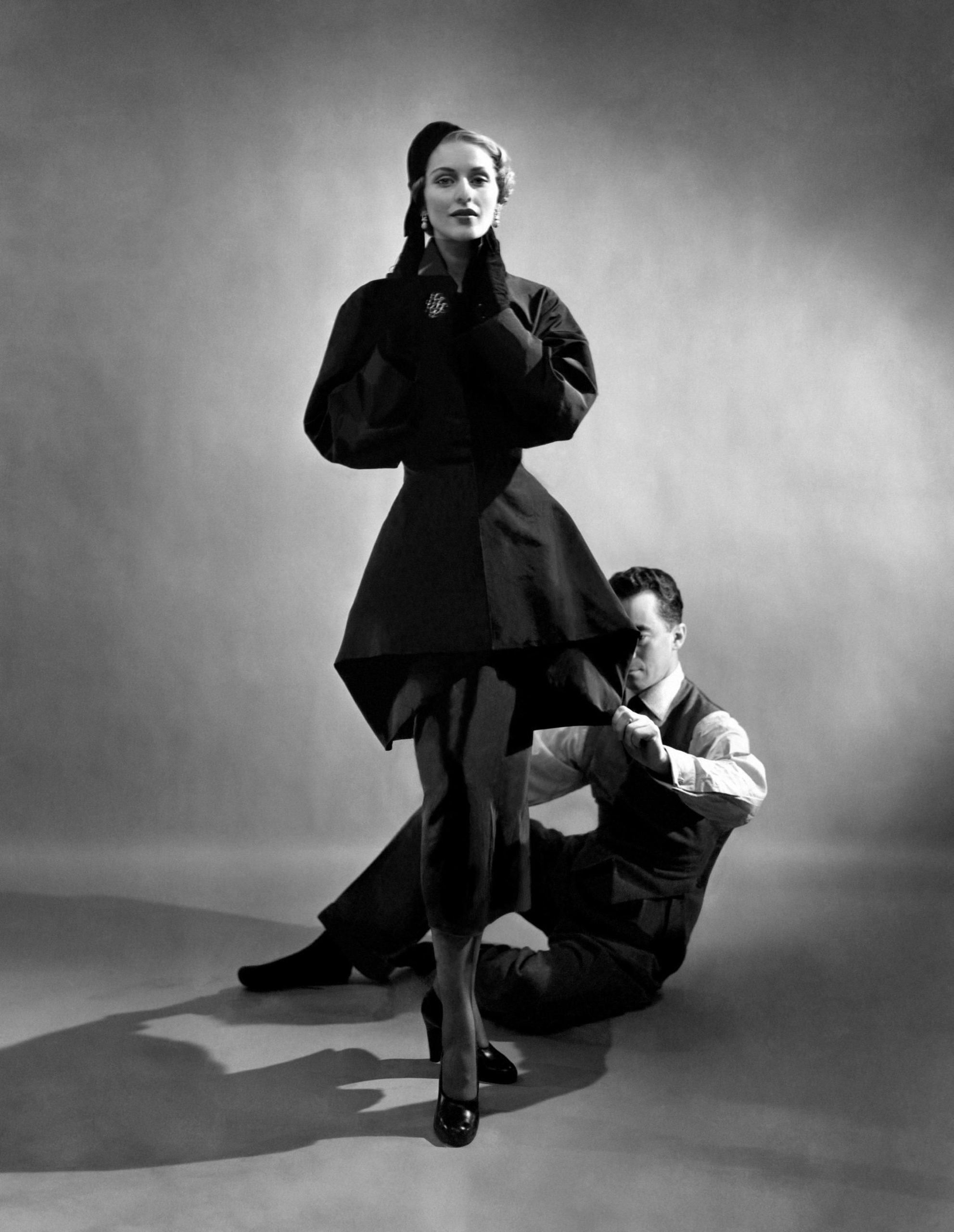
Austine Hearst in Charles James Clover Leaf Gown, ca. 1953
Still, the designer had revolutionary ideas about fashion and the feminine form, arguing, “Elegance is not a social distinction but a sensual distinction. The mind combines with the body to exploit its senses, its functions, its appearance.”
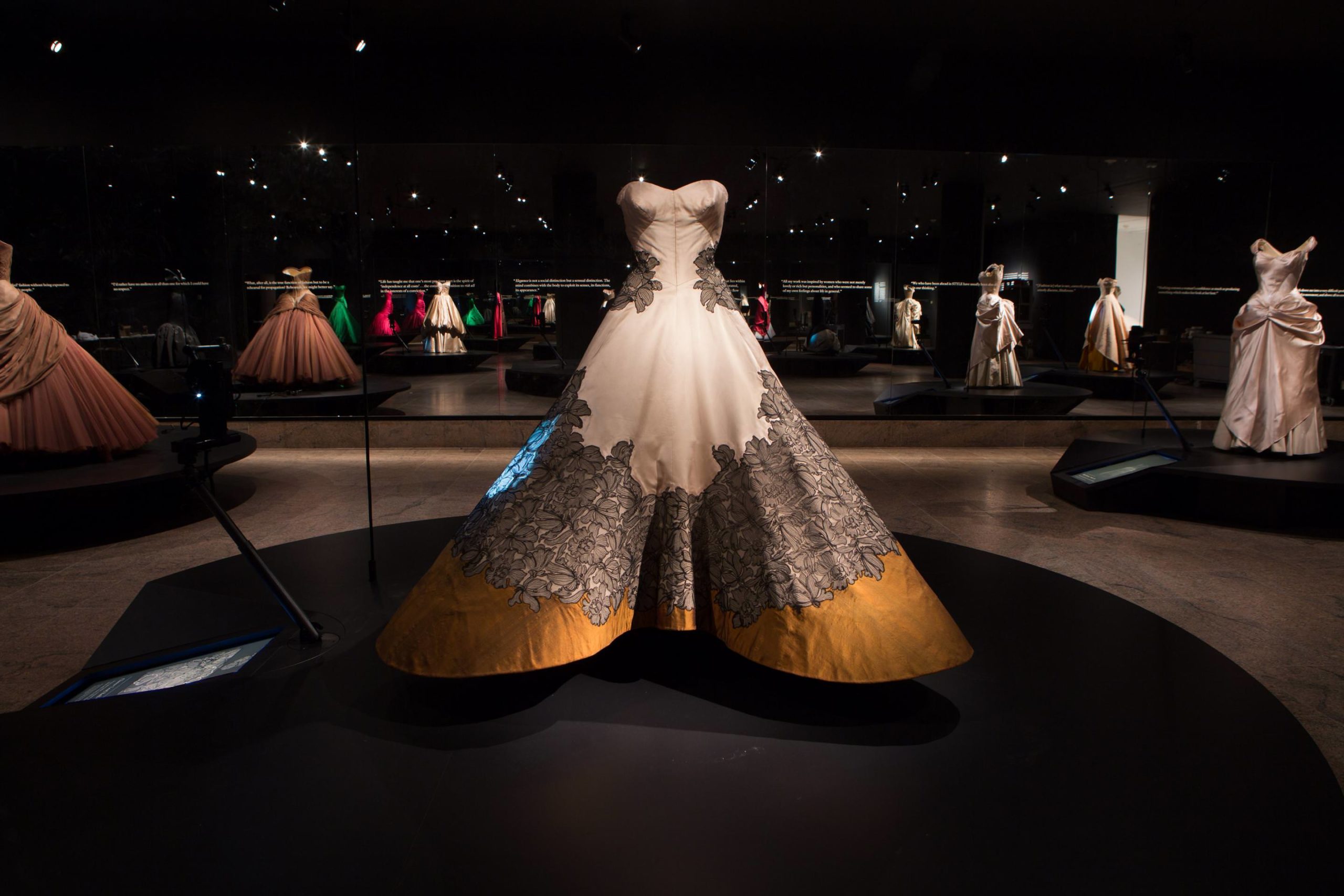
Courtesy of The Metropolitan Museum of Art, Photographer Unknown
“Charles James: Beyond Fashion” will be on view at the Metropolitan Museum of Art May 8 through August 10, 2014.




